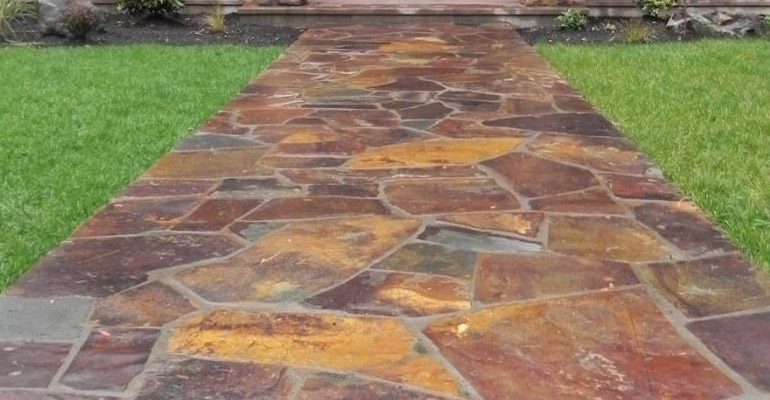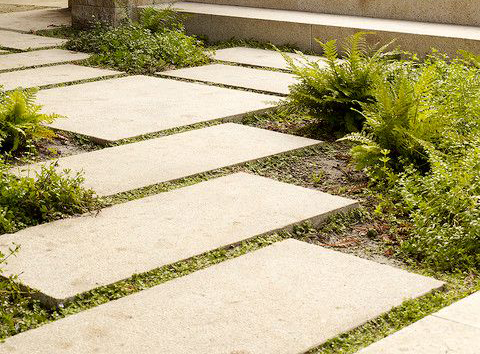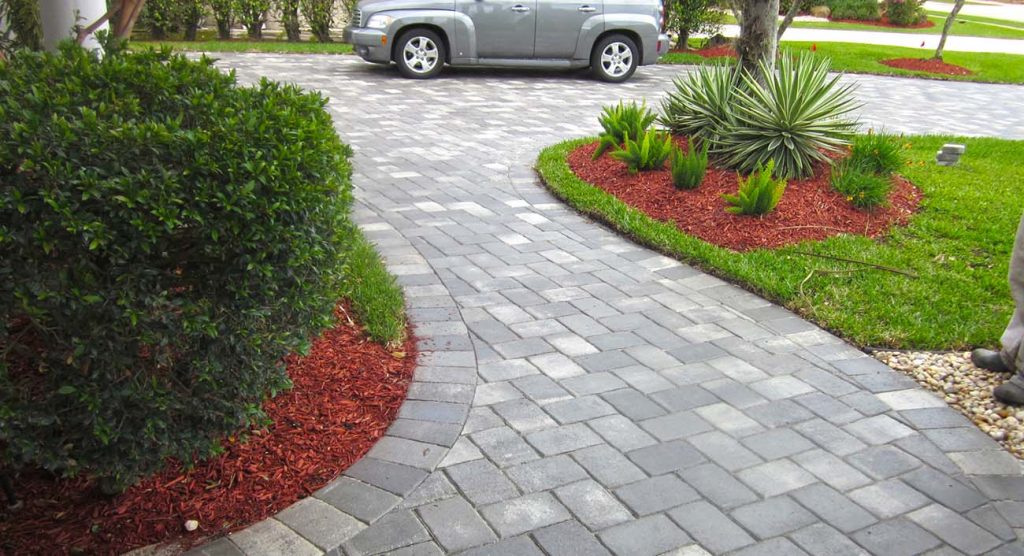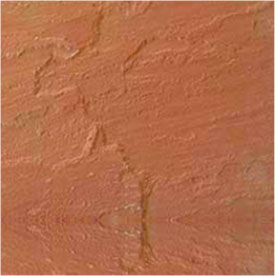Big Reasons To Choose Natural Stone Pavers Over Concrete Pavers
October 17, 2024 AdminWhen choosing between concrete and natural stone pavers, the function should take precedence over style. A well-chosen hardscape not only has a pleasing appearance and durability but also considers functionality. For example, roads that are used frequently need different pavers than walkways that are rarely used.
Both commonly used stone pavers and concrete have benefits and drawbacks. Even while concrete pavers that resemble real stone can now be produced thanks to modern technology, they still fall short of it. We’ll examine the benefits and drawbacks of each paver in this blog, as well as the reasons why natural pavers stone finally beats concrete.
Things That Make Natural Stone Pavers Better Than Concrete Pavers
Concrete is Less Visually Appealing
Concrete pavers for patios offer less versatility and fewer design options compared with natural stone. While traditional, textured, gray poured concrete is inexpensive and can be stamped, scored, and colored to accommodate different home styles, it still stains and cracks over time, detracting from its visual appeal.
Whether you choose slate, travertine, flagstone, limestone, or bluestone, natural stone pavers offer irregular, earthy charm. Each stone is unique, with deeply ingrained colors that deepen over time. What you see is what you get, and for many homeowners, that’s longevity and enduring appeal.


Nature Stone Comes in Huge Varieties
Natural stone pavers are ordinarily made from slate, flagstone, travertine, and limestone, offering an impressive variety of rich and textured earthy hues. Irregular flagstone produces a rugged look with lots of detail, while limestone pavers offer a polished, elegant, and homogenous look. While artificial slabs can mimic the aesthetic range of natural stone pavers, they don’t compare to the one-of-a-kind beauty of natural stone.
Each slab has distinct patterns and motifs that are impossible to duplicate, which makes them age significantly better than comparable materials. The value that natural stone adds to a property because of its inherent sustainability and permeability is maybe even more appealing. Pavers provide a 9% return on investment when used to create a new outdoor living area
Concrete paving is not so good looking
When compared to natural stone, concrete pavers for patios offer less design alternatives and are less versatile. Even while conventional gray, textured poured concrete is less expensive and can be tinted, scored, and stamped to match many home styles, its aesthetic value is diminished over time as it stains and cracks.
Stone pavers made of natural stone, such as slate, travertine, flagstone, limestone, or bluestone, have an uneven, rustic beauty. With colors that are firmly embedded and develop with time, every stone is distinct. What many homeowners get is permanence and enduring appeal—what you see is what you get.


Natural stone pavers and eco-friendly
Pavers are more environmentally friendly than cement when it comes to sustainability. While concrete is a man-made substance, stone is a resource that occurs naturally. Stone pavers have a far lower carbon footprint than concrete since they require less processing.
Furthermore, water may pass through natural stone pavers and drain into the earth thanks to their porosity, which is essential for preserving subterranean water supplies. Rainwater replenishes aquifers, which makes it a crucial component of the water cycle. Large tracts of land covered with concrete prevent water from penetrating the surface, which can negatively impact the local flora and animals.
Natural stones have better aging
Better aging is inherently ensured by durability. Concrete can only handle up to 2,500 pounds per square inch (PSI), but natural paver stone can withstand up to 8,000 PSI. Concrete, unlike natural stone pavers, is susceptible to cracking when subjected to excessive pressure, such as frequent vehicle activity.
Because natural stone pavers don’t include pigment or composite particles, they typically maintain their beauty over time. One of the primary problems with concrete slabs is the negative effects of temperature, while natural stone is resistant to severe weather fluctuations without breaking.


Concrete pavers need heavy maintenance
Concrete requires little upkeep on a daily basis, but repairs can get pricey. The entire slab will need to be replaced if the concrete fractures as a result of severe weather variations, heavy traffic, or shifting earth beneath it. Because stone pavers have narrower joints, they can accommodate seed germination and are less likely to crack.
Pavers can endure decades whereas concrete will only survive a few years, despite the fact that both options are incredibly robust. Pavers are actually four times more resilient than concrete. Of course, lifetime with both depends on proper maintenance. Natural stone patio pavers, on the other hand, are a more prudent long-term investment.
The Conclusion
There isn’t a right or incorrect paver selection—just personal tastes and long-term house goals to take into account. It’s nearly unreasonable to compare concrete with stone pavers in many aspects. Natural stone pavers are more attractive and durable than concrete, even though concrete is more affordable in the short run.
Stone is a better option than concrete if you’re someone who loves their backyard and wants something that lasts, improves the natural setting, and makes you feel like you’re outside.








